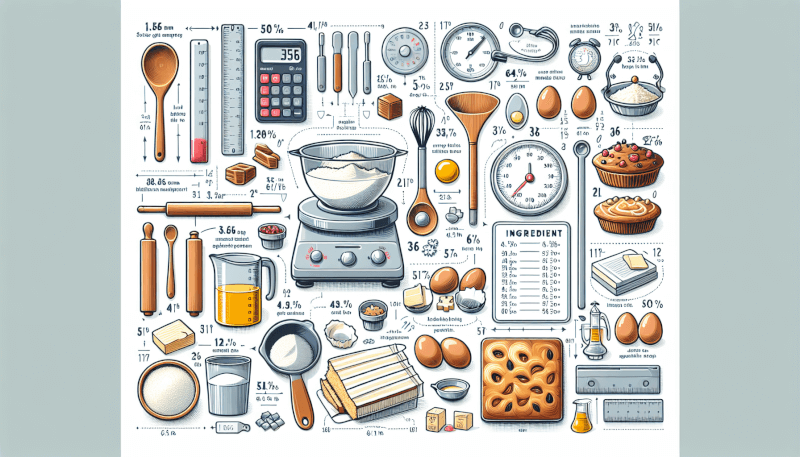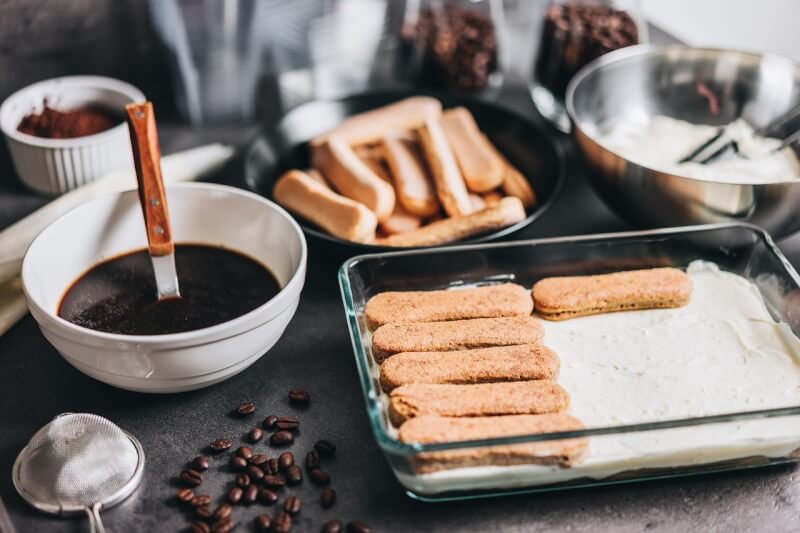In your pursuit of mastering the art of home baking, it is crucial to grasp the importance of properly measuring ingredients. Whether you are creating a delectable cake or a batch of scrumptious cookies, the precision of your measurements can make or break your culinary creation. By following a few simple guidelines, you can ensure that your baked goods turn out picture-perfect every time. From leveling flour to accurately measuring liquids, this article will equip you with the knowledge and skills needed to become a baking maestro. Get ready to elevate your baking game and impress your friends and family with your delectable treats.
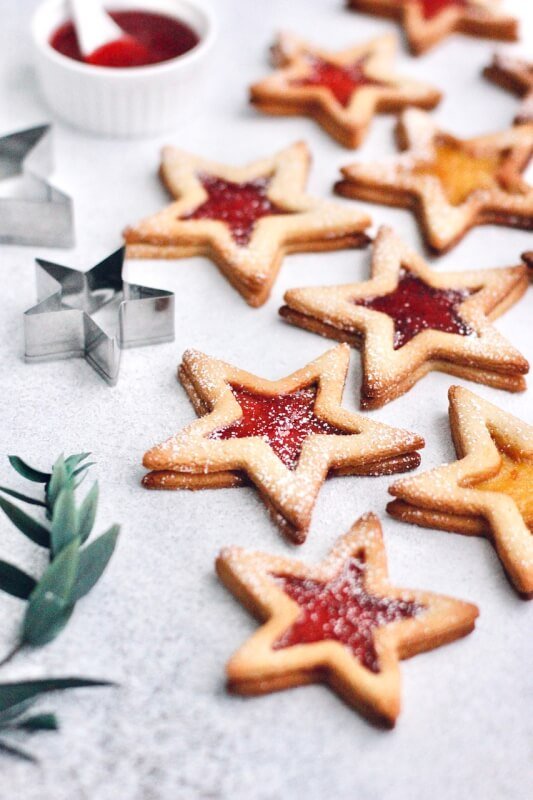
Weight vs. Volume Measurements
Understanding the Difference: When it comes to baking, it’s important to understand the difference between weight and volume measurements. Weight measurements are more accurate and provide consistent results because the weight of an ingredient remains the same regardless of its form or how it’s packed. On the other hand, volume measurements can vary depending on factors like how the ingredient is scooped, how it settles, and whether it’s packed or not.
When to Use Weight Measurements: Weight measurements are commonly used for recipes that require precision, such as bread or pastry recipes. It is especially important to use weight measurements for ingredients like flour, where the slightest difference in measurement can greatly impact the outcome of your baked goods. A digital kitchen scale is the essential tool for accurate weight measurements.
When to Use Volume Measurements: Volume measurements, on the other hand, are commonly used for liquid ingredients like water, milk, oil, and syrups. Measuring cups and spoons are the go-to tools for measuring volume. While volume measurements may not be as precise as weight measurements, they are still reliable for most baking recipes, especially when it comes to ingredients that are difficult to accurately weigh, or when the recipe calls for a specific volume.
Essential Tools for Measuring
To ensure accurate measurements, it’s important to have the right tools in your kitchen. Here are the essential tools for measuring ingredients:
Digital Kitchen Scale: A digital kitchen scale is a must-have tool for any serious baker. It allows you to measure ingredients precisely by weight, ensuring consistent results every time. With a digital scale, you can easily switch between different units of measurement, such as grams or ounces, making it versatile for both metric and imperial recipes.
Measuring Cups and Spoons: Measuring cups and spoons are essential for measuring volume ingredients like flour, sugar, and spices. Choose a set of good-quality measuring cups made from durable materials like stainless steel or heat-resistant plastic. Look for cups with clear markings and handle designs that allow for easy pouring and leveling.
Measuring Jug: A measuring jug is a versatile tool for measuring both liquid and dry ingredients. Look for a jug with clear and easy-to-read markings, as well as a comfortable handle for easy pouring. A measuring jug usually comes with measurements in both milliliters (ml) and cups, making it suitable for a wide range of recipes.
Measuring Dry Ingredients
When it comes to measuring dry ingredients, it’s important to do so accurately to ensure the right texture and consistency in your baked goods. Here are some guidelines for measuring common dry ingredients:
Flour: Flour should be measured by scooping it lightly into a measuring cup or spoon until it’s overflowing, and then using a straight edge, like a knife or spatula, to level off the excess flour. Avoid packing the flour into the measuring cup, as it can lead to dense and dry baked goods.
Sugar: Like flour, sugar should be scooped into a measuring cup or spoon and leveled off with a straight edge. Brown sugar, however, should be packed into the measuring cup firmly to ensure an accurate measurement.
Cocoa Powder: Cocoa powder should be sifted before measuring to remove any lumps. Once sifted, lightly spoon the cocoa powder into a measuring cup and level it off with a straight edge.
Baking Powder and Baking Soda: Baking powder and baking soda should be measured using dry measuring spoons. Carefully level off the excess using the straight edge of a knife or spatula.
Salt and Spices: Salt and spices can be measured using measuring spoons. Fill the spoon with the ingredient and level it off with a straight edge.
Measuring Liquid Ingredients
Measuring liquid ingredients accurately is crucial for achieving the right balance of flavors and textures in your baked goods. Here’s how to measure common liquid ingredients:
Water: Measure water in a liquid measuring cup by placing it on a flat surface, then pour the water into the cup at eye level. Make sure the meniscus of the water aligns with the measurement lines on the cup for accurate measurement.
Milk: Like water, measure milk in a liquid measuring cup at eye level. Some recipes may specify whether to measure milk using the metric system or cups, so make sure to follow the recipe instructions.
Oil: Measure oil in a liquid measuring cup in the same way as water and milk, ensuring accurate quantities for your recipe.
Honey and Syrups: Measuring sticky ingredients like honey and syrups can be a bit tricky, as they tend to cling to the measuring cups. To measure sticky ingredients accurately, lightly coat the measuring cup or spoon with a non-stick cooking spray or oil before pouring them in. This will help the sticky ingredients slide out easily, ensuring accurate measurements.
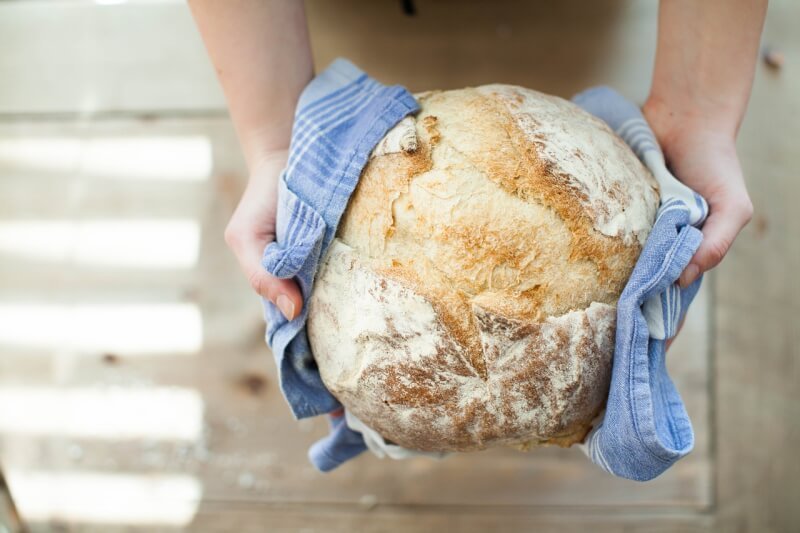
Proper Techniques for Measuring
Using proper techniques for measuring ingredients can make a significant difference in the outcome of your baked goods. Here are some techniques to ensure accurate measurements:
Fluffing and Leveling: For dry ingredients like flour, it’s essential to fluff it up in the bag or container using a fork or spoon to break up any clumps. This helps to aerate the flour, ensuring a more accurate measurement. Then, spoon the aerated flour into the measuring cup or spoon and level it off with a straight edge.
Spoon and Level: When measuring ingredients like cocoa powder or spices, it’s important to spoon them into the measuring cup or spoon and then level off the excess with a straight edge. Avoid tapping or shaking the cup, as it can lead to compacted ingredients and inaccurate measurements.
Using the Dip and Sweep Method: The dip and sweep method is commonly used for measuring ingredients like flour and sugar. Simply dip the measuring cup into the ingredient, allowing it to fill up, and then level off the excess with a straight edge. This method is useful when a recipe calls for packed ingredients.
Pouring Liquid Ingredients: When measuring liquid ingredients, always use a liquid measuring cup with clear markings. Pour the liquid into the cup at eye level, ensuring that the meniscus aligns with the measurement lines for accurate measuring.
Common Mistakes to Avoid
To ensure accurate measurements, it’s important to be aware of common mistakes and avoid them. Here are some mistakes to watch out for:
Packaging Errors: Sometimes, product packaging can be inaccurate or inconsistent in size. To avoid this, it’s a good practice to measure ingredients using a kitchen scale or by measuring them separately.
Eyeballing Measurements: Eyeballing measurements can lead to imprecise results. Always rely on proper measuring tools instead of estimating the quantities, especially for ingredients like flour or leavening agents.
Using Incorrect Measuring Tools: Using the wrong measuring tools can lead to inaccurate measurements. For example, using a teaspoon from your cutlery drawer instead of a proper measuring spoon can result in different volumes. Invest in a set of accurate measuring tools for the best results.
Measuring Ingredients Over the Bowl: Measuring ingredients directly over the mixing bowl can lead to inaccurate measurements due to spillage or ingredients compacting differently. To ensure accuracy, measure ingredients on a flat surface and transfer them into the mixing bowl.
Neglecting to Tare the Scale: When using a digital kitchen scale, it’s important to tare or reset the scale to zero before placing an ingredient on it. This ensures that only the weight of the ingredient being measured is accounted for, providing accurate results.
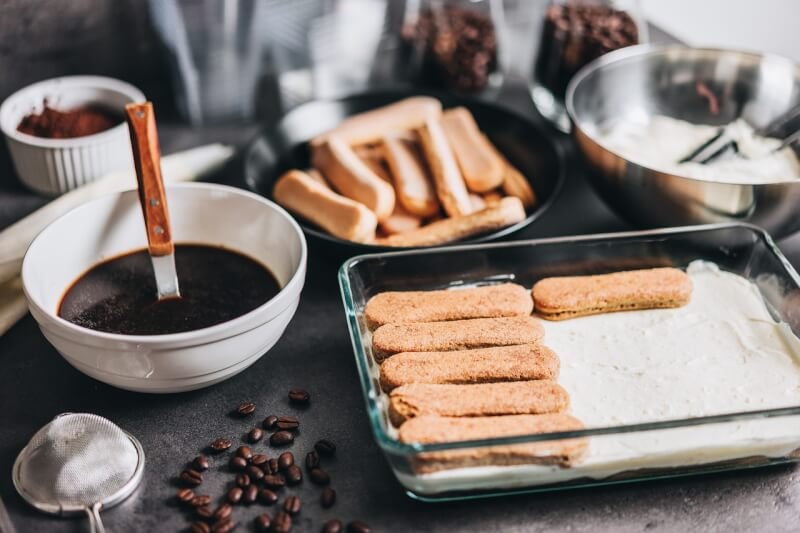
Conversion Tips
Converting between weight and volume measurements can be helpful when using recipes from different sources or when you don’t have the appropriate measuring tools. Here are some conversion tips to keep in mind:
Converting Between Weight and Volume: To convert between weight and volume, it’s important to know the density of the ingredient. Keep a conversion table handy or use online conversion tools to ensure accuracy. For example, 1 cup of all-purpose flour weighs approximately 120 grams.
Converting Between Metric and Imperial Units: Metric and imperial units of measurement can vary, so it’s useful to have a conversion table or calculator on hand. For instance, 1 pound is approximately equal to 454 grams.
Adjusting Ingredient Measurements
There may be times when you need to adjust the measurements of ingredients in a recipe. Here are some common scenarios and tips for adjusting ingredient measurements:
Scaling Recipes Up or Down: If you need to scale a recipe up or down, it’s important to maintain the correct ratios of ingredients. Use simple math to calculate the new quantities based on the desired yield. For example, if a recipe calls for 2 cups of flour and you want to half the recipe, use 1 cup of flour instead.
Substituting Ingredients: When substituting ingredients, it’s important to consider the volume or weight differences between the original ingredient and the substitute. For instance, if you’re substituting butter with oil, be aware that the volume measurements may differ. Research and experiment to find the best substitution ratios for your needs.
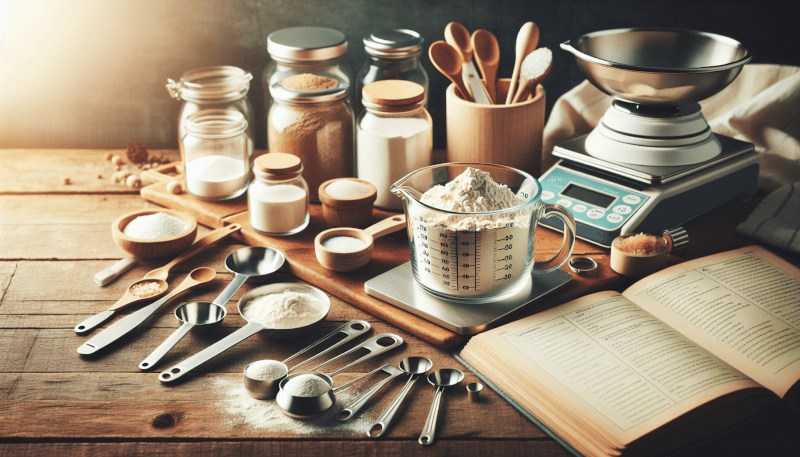
Understanding Recipe Terminology
Understanding recipe terminology is crucial for accurate measurement and achieving the desired results. Here are some terms to familiarize yourself with:
Teaspoon, Tablespoon, Cup: Teaspoon (tsp), tablespoon (tbsp), and cup (c) are common measurements used in recipes. It’s important to use the correct measuring spoons and cups when working with these measurements.
Packed vs. Unpacked: Some recipes may specify whether an ingredient should be packed or unpacked. Packed measurements refer to firmly pressing the ingredient into the measuring cup, while unpacked measurements allow the ingredient to loosely fill the cup.
Leveled vs. Heaping: Leveled measurements refer to using a straight edge to remove the excess ingredient from the measuring cup or spoon, ensuring a flat and even surface. Heaping measurements, on the other hand, refer to allowing the ingredient to form a mound above the measuring cup or spoon.
Frequently Asked Questions
Can I Use a Regular Kitchen Scale for Measuring Ingredients? Yes, a regular kitchen scale can be used for measuring ingredients. However, it’s important to ensure that the scale is accurate and provides precise measurements. Consider investing in a digital kitchen scale for more accurate results.
Do I Need to Sift the Flour Before Measuring? Sifting flour before measuring is not always necessary, but it can help remove lumps and aerate the flour for a more accurate measurement. Recipes may specify whether to sift the flour or not, so it’s best to follow the recipe instructions.
How Do I Measure Sticky Ingredients Like Honey or Molasses? To measure sticky ingredients like honey or molasses accurately, lightly coat the measuring cup or spoon with a non-stick cooking spray or oil. This will help the sticky ingredients slide out easily, ensuring a more accurate measurement.
What Should I Do If I Don’t Have a Specific Measuring Tool? If you don’t have a specific measuring tool, try to find a suitable alternative. For example, if a recipe calls for a tablespoon and you don’t have one, you can use three teaspoons as a substitute. However, keep in mind that this may affect the accuracy of the measurement, so it’s always best to use the recommended tools if possible.
In conclusion, properly measuring ingredients is essential for successful baking. Understanding the difference between weight and volume measurements, having the right tools, and using proper techniques can greatly impact the outcome of your baked goods. By following these guidelines and avoiding common mistakes, you can ensure accurate measurements, consistent results, and delicious homemade treats every time you bake. Happy measuring and happy baking!
